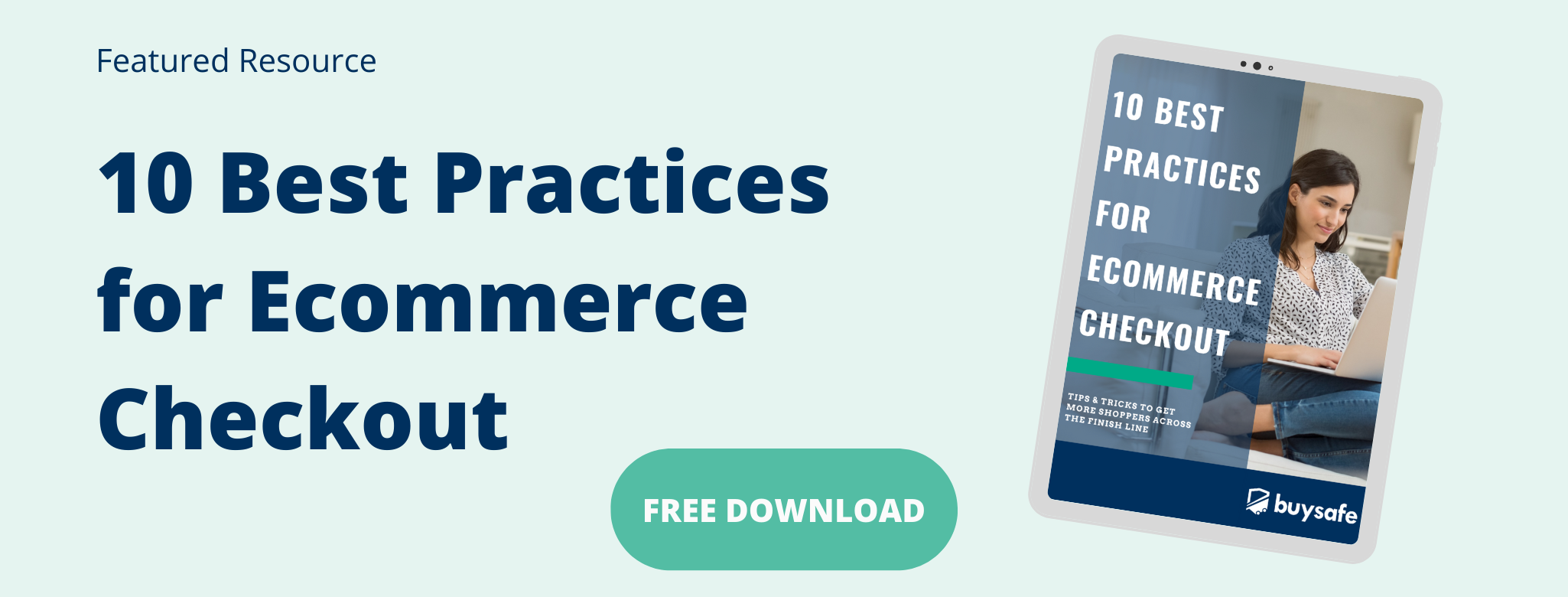

For the latest on ecommerce tips and best practices.
3 Steps to Differentiate your Ecommerce Website

Here’s what you already know: Your business is taking great strides in the world of ecommerce, and your website is ready for shoppers.
But here’s the problem: In the vast and ever-changing plane of commercial cyberspace, how can you stand apart from your competitors?
Having a good-looking site won’t cut it; converting prospects to customers is what really keeps your business afloat. Your ecommerce site has the potential to do just that, but only by valuing and understanding your shopper’s perspective. Everything on your site plays a role in the buyer’s journey, from design and functionality to products and perks.
In order to differentiate your ecommerce website, take these three steps…
1. Perfect the User Experience
Your ecommerce website is more than just another pretty face, but it doesn’t hurt to invest a good deal of effort in creating an attractive layout. Finding a balance between essential content and aesthetics will help capture the attention of curious prospects. Shoppers shouldn’t have to guess who you are or what you offer—make your message loud and clear.
Up-to-date product images are gold. That’s because your online audience has little else to rely on. Physical storefronts have tangible products on shelves that customers can test before they buy—a digital storefront does not. Thus, you need to ensure that your product images are high quality, relevant, and your own. Kick things up a notch by providing versatile multimedia, such as a video demo of your product in action.
Ease of access and speed of your website are two major selling points for ecommerce, so don’t fall flat. Your site must be accessible to your audience, so be sure to design your pages with first-time mobile visitors in mind. Ensure your site is lightning fast with our 7 ways to improve speed and performance of your site. Guide them on their journey by providing links, categories, and search bars to help them better navigate your online store. Compensate for your lack of brick-and-mortar by directing inquisitive shoppers to customer service contacts, chatbots, or an FAQ page.
Free Download: 10 Best Practices for Ecommerce Checkout
2. Reduce Your Risk Factors
Especially in our digital age, many customers are wary of shopping with unfamiliar businesses. Building trust with both potential and recurring customers is essential to improving conversions. You can show your shoppers that you care about their purchase safety by minimizing the risk they have to assume during their online shopping experience.
For example, offering free product returns eases the worries of a customer with her eyes on a big-ticket item. She’s more likely to commit to this purchase if she knows that she’ll be granted an opportunity to return it if she’s unhappy. (In the best-case scenario, she’ll keep it for good and come back for more.)
Customer feedback is another surefire trust-builder. Passing the mic to your customers can be a gamble; however, rounding up your top reviews and featuring positive experiences on your product pages can play a big role in alleviating the fears of hesitant shoppers.
Go the extra mile for your shoppers by implementing a trust seal on your ecommerce website. Obtaining approval from credible sources boosts consumer confidence: It guarantees the protection of all your customer’s purchases, in addition to establishing the loyalty your business deserves.
3. Keep Them Coming Back for More
A little bit of pressure never hurts when it comes to marketing. Hasten the browsing process by promoting limited-time offers and deals on your homepage. Likewise, offering an option to subscribe for promotional emails caters to the full spectrum of your target market: It hooks prospects and rewards frequent buyers with special rewards.
Capitalize on your visitor’s breadcrumb trail by recommending related products based on their recently viewed or carted items. Offering a wishlist or “save items for later” option eases the pressure of buying more than your shopper can handle, but keeps your tempting products in the back of their mind. You can also target idle shoppers with a pop-up or follow-up email to gently remind them of items sitting in their carts or time-sensitive deals.
Bottom line: Trust is the driving force in a customer’s decision to return to your ecommerce site. Increase it by enhancing your site’s look and functionality with features that hammer home your credibility and passion for exceptional service.
Creativity is the name of the game. While it’s good to play things safe, you should also strive to introduce innovative, unprecedented features that’ll propel your customer’s experience from smooth to smoother.
Stay in the know
Subscribe to the buySAFE blog and receive the latest in ecommerce best practices.



